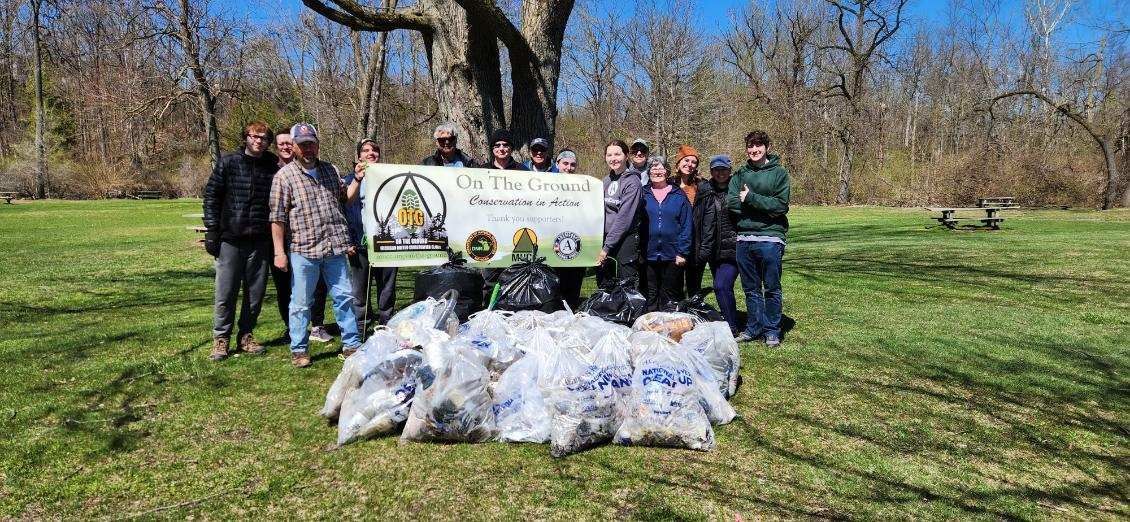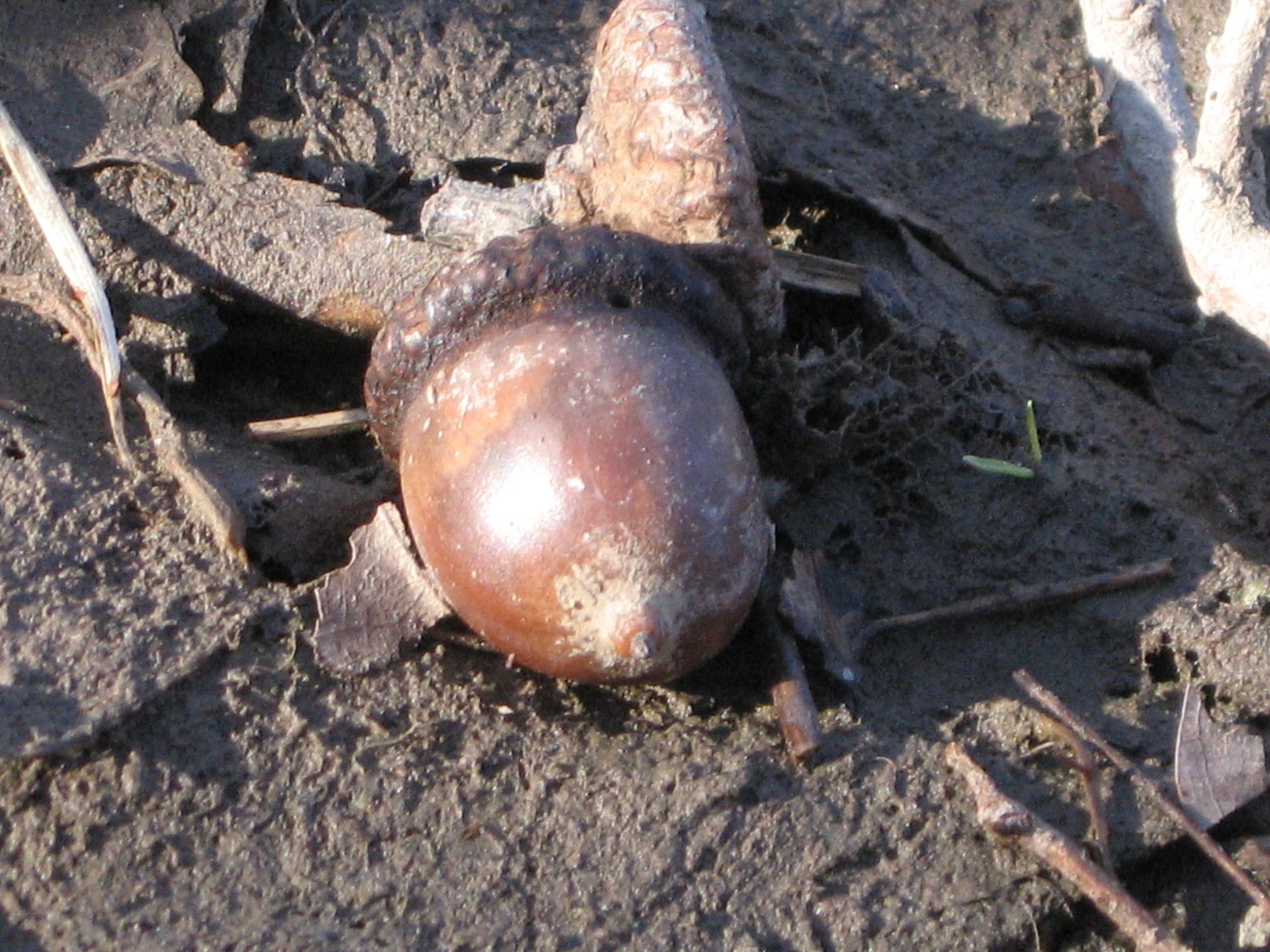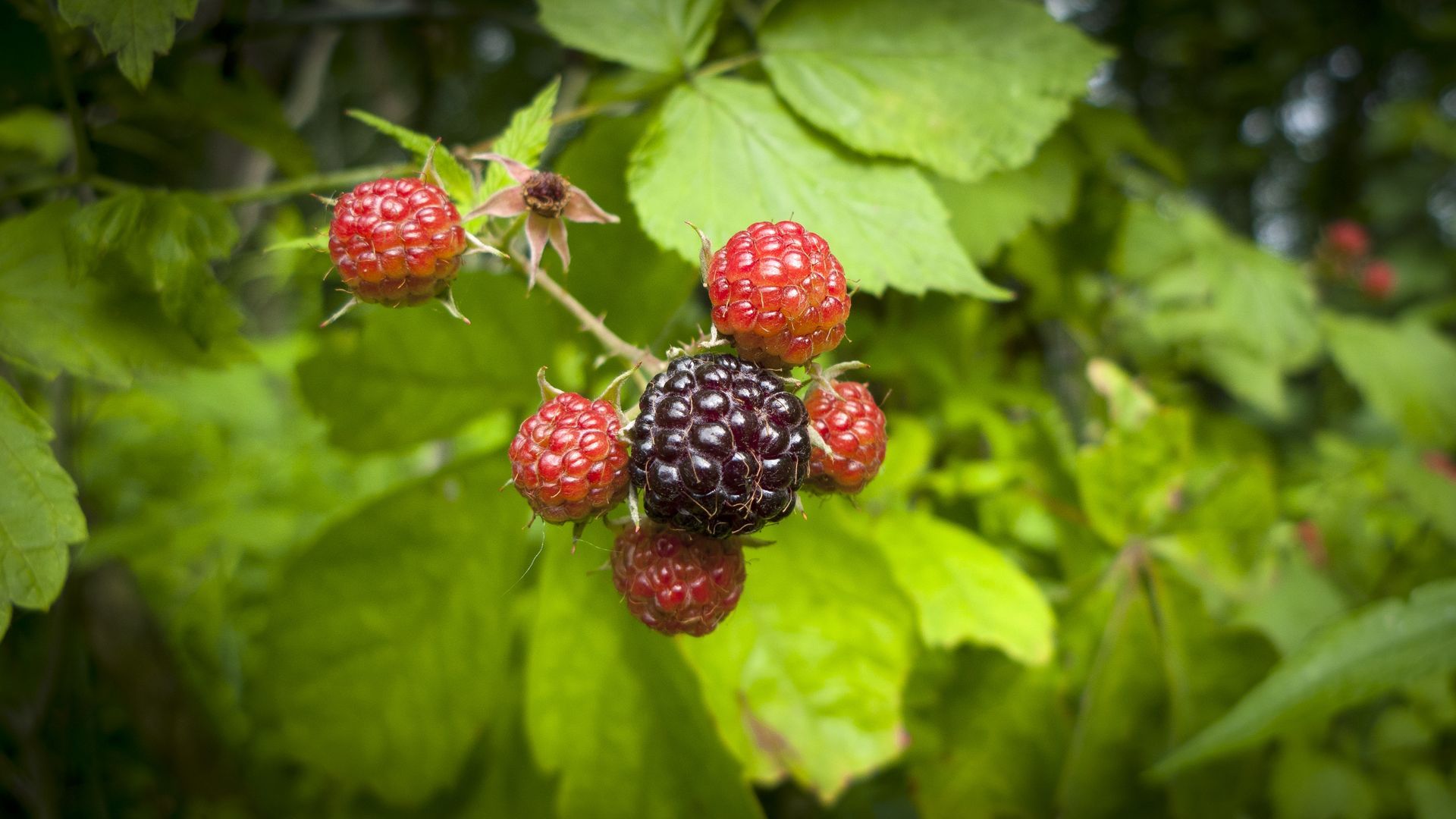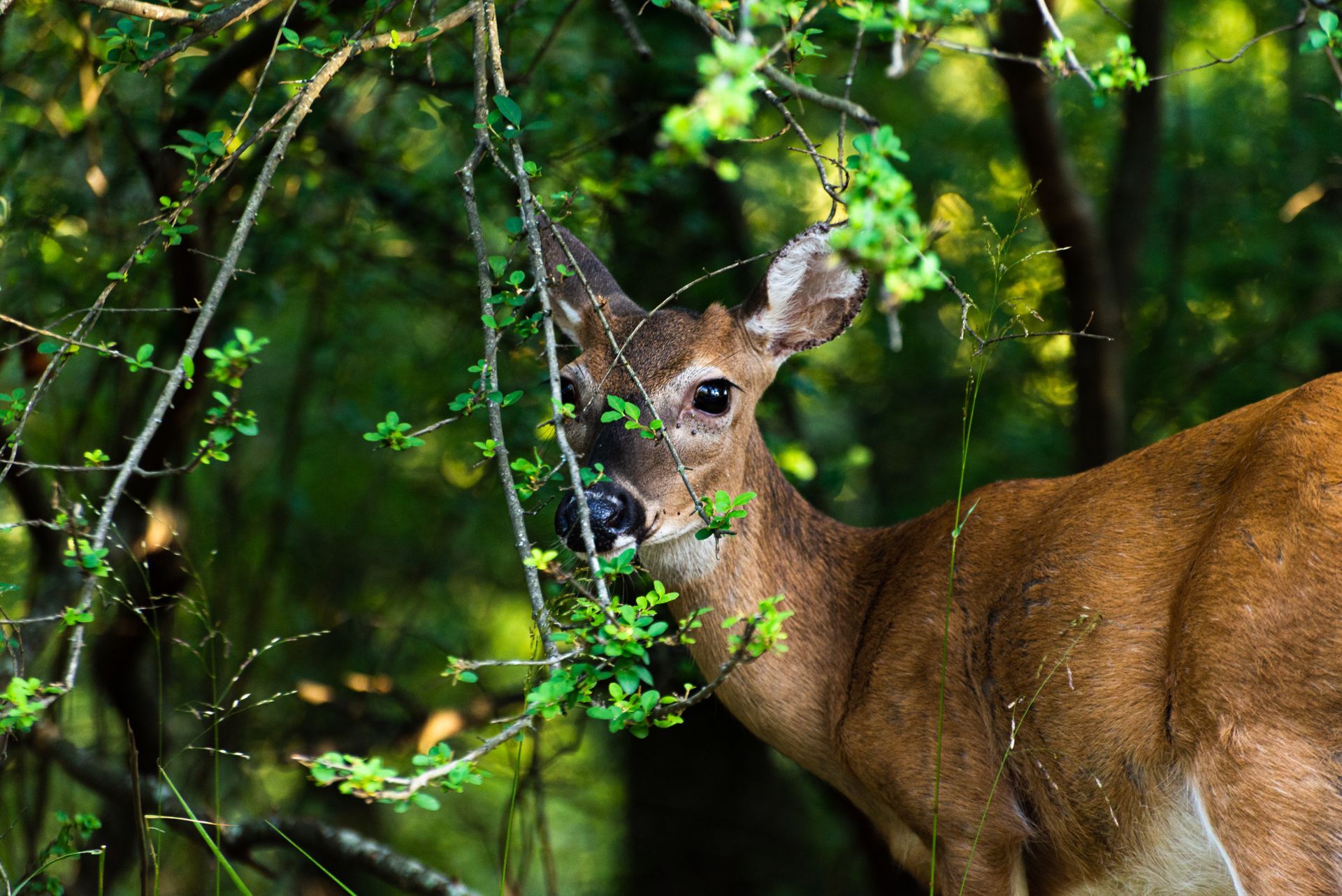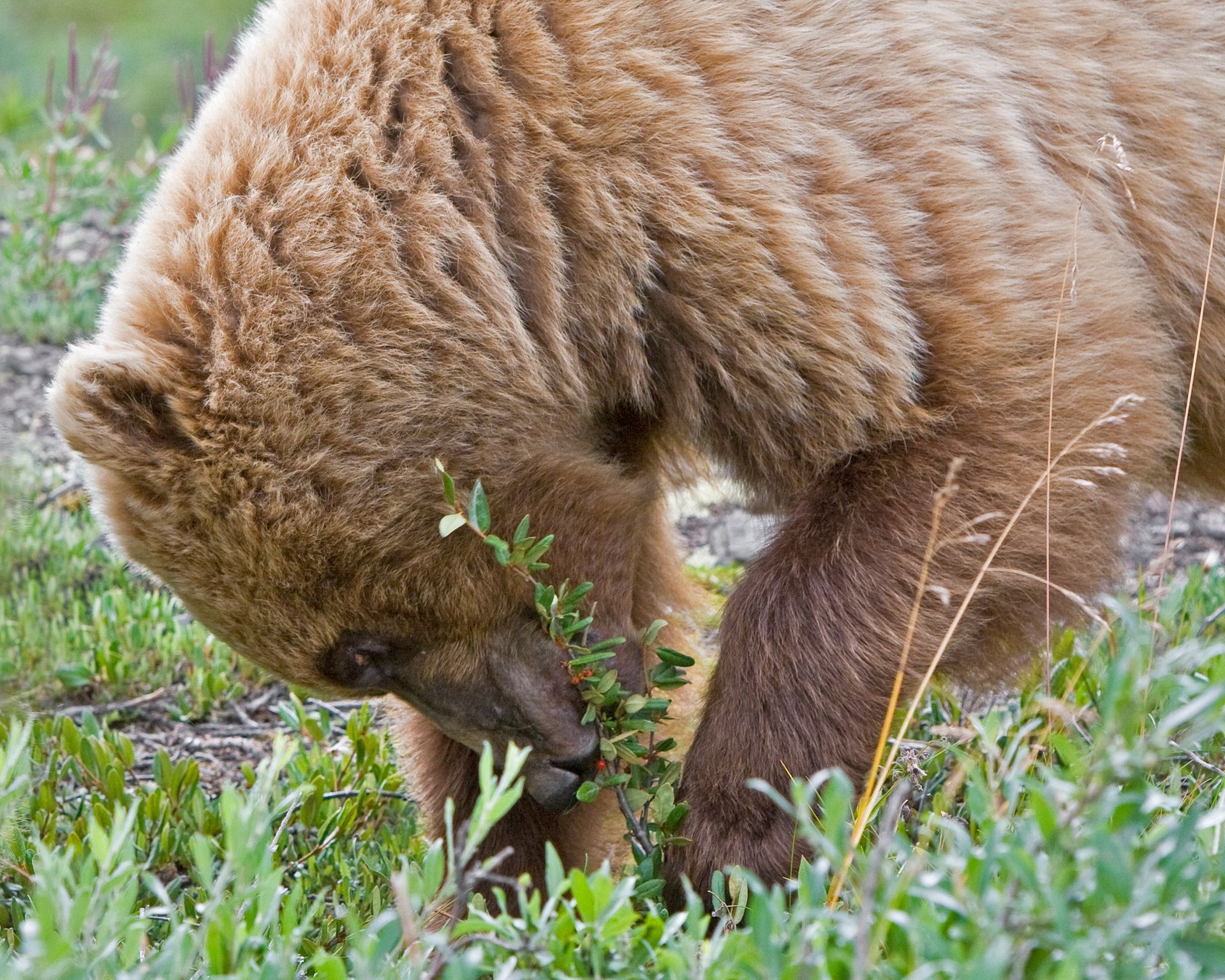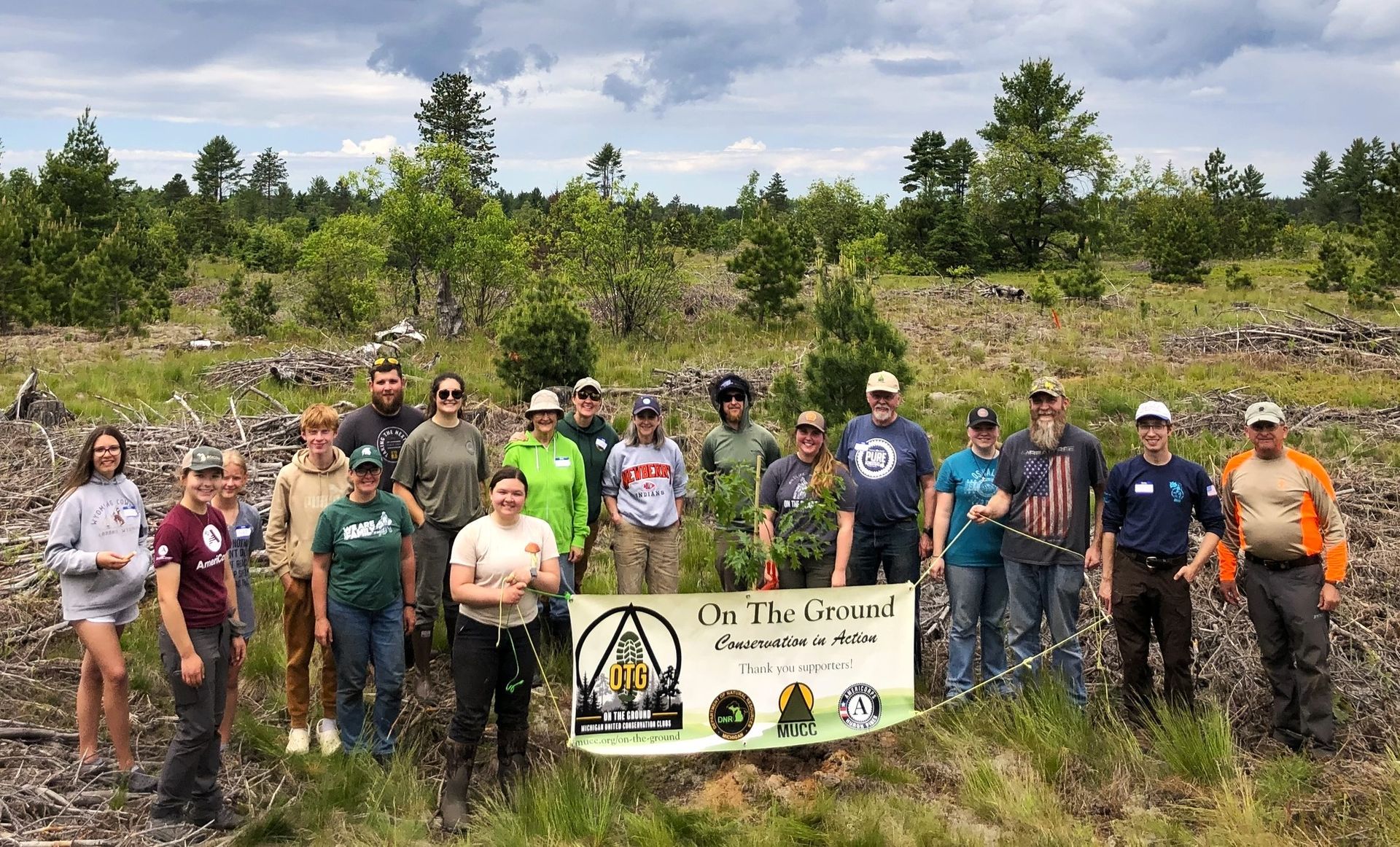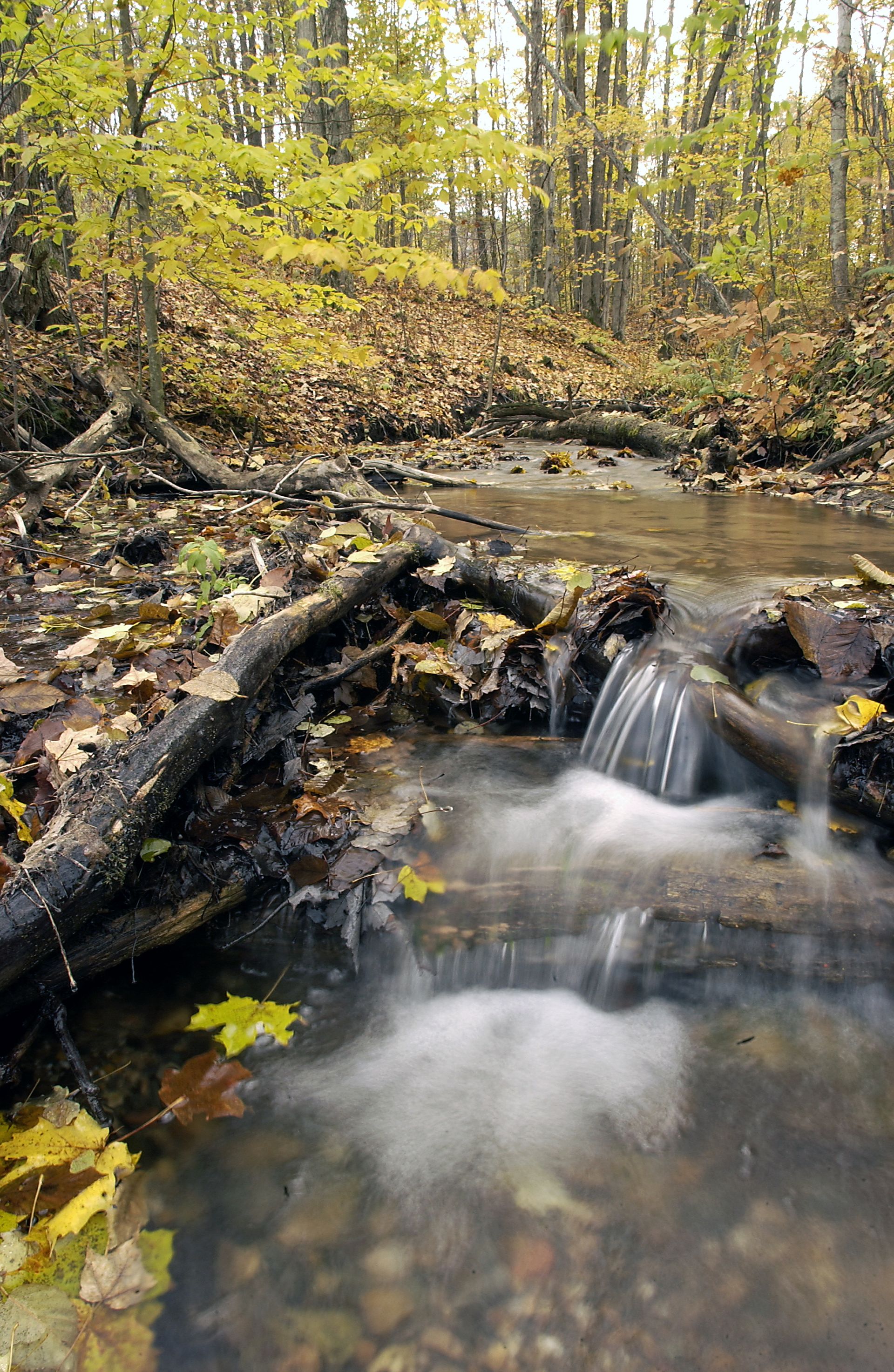Our On the Ground program is hosting a mast-producing tree planting event coming up, and we are in need of volunteers! This project will take place on Saturday, May 10, 2025, from 9 AM to 12 PM at Port Huron State Game Area. We are partnering with the Michigan Department of Natural Resources (DNR) to plant swamp white oaks, a mast-producing tree that will benefit many wildlife species. Shovels, work gloves, and all other necessary equipment will be provided. We welcome all ages, and our projects are family friendly. All registered volunteers receive lunch and a free appreciation gift for their efforts. Visit our website or follow the link below to register today!
Mast-Producing Trees 101
You might’ve heard the term “mast-producing” in the conservation world, but what exactly does it mean? Mast-producing is mostly used to describe a type of tree or shrub. Generally, mast-producing trees and shrubs are more desirable to plant when attempting to restore wildlife habitat on a larger scale, or even when trying to attract wildlife like songbirds into urban areas.
What is Mast?
According to Merriam Webster, mast in relation to trees is defined as “fruits, seeds, or nuts (such as berries, pine seeds, or acorns) of trees or shrubs that serve as food for wild or domestic animals and typically accumulate on the ground” (Merriam Webster). All species of trees and shrubs produce some type of mast. Common well-known examples include trees like oaks, beech, and crabapples, and shrubs like serviceberry, raspberry, and blackberry.
Mast can be sorted into two categories: hard mast and soft mast. Hard mast describes hard-shelled seeds that are typically high in nutrients like fat, carbohydrates, and protein. This makes them great high-energy food sources that will last well into the winter months. Some examples of hard mast include oak acorns, beech nuts, hickory nuts, walnuts, and hazelnuts. Soft mast describes fleshy fruit that is typically high in moisture and sugars, vitamins, and carbohydrates. This makes them a good option for a quick burst of energy, and they can even be used as a moisture source during drought conditions. Some examples of soft mast include crabapples, black cherries, raspberries, blackberries, and plums. (Ohio State University, University of New Hampshire).
Benefits to Wildlife
Mast-producing trees provide a critical food source for many species of wildlife. Hard mast is non-perishable, meaning it has a long shelf life and can withstand cold, harsh weather conditions. This makes it a great source of nutrients in the fall and winter months. Deer, bear, grouse, turkey, squirrels, chipmunks, and songbirds are some of the many wildlife species that use hard mast to help them bulk up for the winter when other food sources are scarce (USDA Natural Resource Conservation Service). Previous research has shown that in years when acorn crops are large, female ruffed grouse enter the nesting season in better condition (Kentucky Department of Fish and Wildlife Resources). In years when acorn crops or other hard mast is low, wildlife may have to move more often or greater distances to find food sources. This could be a positive or negative effect, depending on the areas that wildlife moves to. For example, deer and turkeys may utilize open fields more in search of waste grains but they may also move through urban areas which can increase the risk of vehicle collisions.
Soft mast is also an important food source for wildlife, namely in the spring and summer months. Unlike hard mast, soft mast is perishable and only available during warmer times of the year. However, it is still a good source of energy for wildlife due to its high sugar content. Some soft mast fruits like highbush cranberry are also used throughout fall and winter because they are generally thought to be less desirable, meaning the wildlife save them for last. Bear, grouse, turkey, squirrels, foxes, and many songbirds use soft mast regularly as part of their diet (USDA Natural Resource Conservation Service).
Learn More
Want to learn more about mast-producing trees and help improve wildlife habitat on public lands?
Visit
mucc.org/on-the-ground for more information on upcoming events. We work to conserve and enhance Michigan’s public lands by hosting volunteer stewardship projects across the state geared toward habitat improvement. Some of our events include mast-producing tree plantings, brush pile building, invasive species removal, wood duck boxes, river cleanups, and more.
Recent Posts
